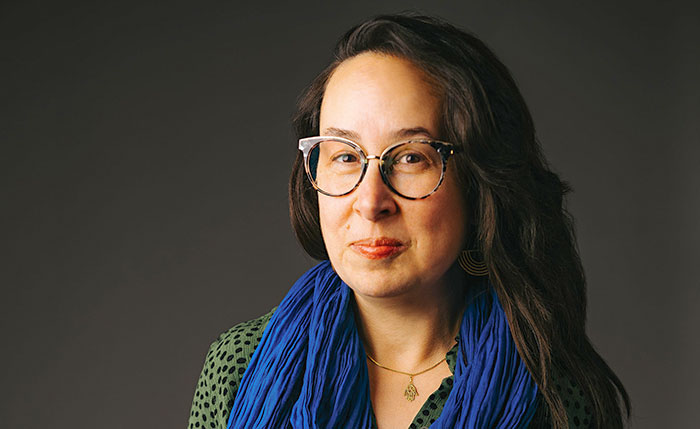Palmer Canyon: A shell of its old neighborhood
Palmer Canyon has been especially quiet since the aptly named “Grand Prix” (or “Great Price”) fire burned through in 2003, destroying all but 4 of the 47 houses that once lined the canyon. None of the burned houses have been rebuilt; leaving only charred concrete foundations and bits of debris to remind us of the vibrant community that once filled the canyon.
Claremont’s founder Henry Palmer named Palm
By the 1920s, Claremont was growing faster than ever, and the canyon became a popular weekend destination for early Claremonters, who enjoyed hiking and picnicking there. The canyon also became a hotspot for southern California botanists, due to the incredible diversity of plant life. One identified almost a hundred different species of wildflowers between the canyon walls in one afternoon, which is especially impressive considering the canyon is only a little over a mile in length.
In the 1950s, Palmer Canyon became a residential neighborhood, and a welcome break from the typical tract home model that made many a developer wealthy during that period. A narrow road was paved through its center, which until recently was owned by the city of Claremont, while the houses remained on unincorporated land within the boundary of Los Angeles County.
All was relatively peaceful in the canyon until October of 2003, when the Grand Prix fire tore through the foothills. While all the canyon’s residents were evacuated in time to ensure that no one was harmed, the loss of property was devastating.
“You can’t ever imagine what it’s like,” said Jill Barklow, whose home was lost in the fire. “When my husband and I went back to see the house. I doubled over. The kids said they felt their father aged 10 years after that.”
A multi-million dollar lawsuit against the city of Claremont by the Palmer Canyon Homeowners’ Association followed, the canyon residents argued that the city had failed to fulfill its obligation to keep its strips of property surrounding the canyon clear of excess brush, which many claim kindled the fire through the canyon. Though the city admitted no fault, it agreed to a $17.5 million out-of-court settlement. The city also agreed to cede ownership of the canyon road and land surrounding the canyon in order to avoid future liability issues.
“Nobody will pay out $17 million if they do not feel some sort of responsibility for what happened,” noted Mark Grotefield, the attorney who represented the homeowners.
But before Los Angeles County would allow the residents to rebuild their homes, it required that the residents widen the road and install a new septic system, since the canyon residents are not attached to the Claremont sewer system. In addition to costing an estimated $9 million, the changes would necessitate the use of land that is still property of the city.
In 2010, the Palmer Canyon Homeowners’ Association launched another lawsuit against the city of Claremont, claiming that it did not grant residents the land they were due. The issue has yet to be resolved, and is slated to go to court on October 1 of this year.
“It’s what we call a ‘long-cause’ case,” said Mark Grossberg, who is representing the city. “It is a complicated issue, and is going to involve many, many weeks of testimony.”
Mr. Grossberg also noted the necessity of reviewing several thousand pages worth of documents.
“There are so many moving parts,” he said.
Ms. Barklow explained the homeowners’ association doesn’t have the money to finance a new sewer system because so many residents grew tired of the ongoing legal situation.
“People have used the money to buy other houses,” Ms. Barklow said.
Ms. Barklow said that she now lives just below Palmer Canyon on Via Padova and hasn’t returned to the canyon in over a year and a half.
“I went up there all the time when we thought there was a chance of rebuilding,” she said. “But I’m still looking for some kind of closure. It was like a death.”
Today the only houses in the canyon are the 4 that survived the fire. But perhaps, someday, the colorful history of Palmer Canyon will acquire new life, with the rebuilding of the houses that once stood there.
“It’s one of the most special places around,” Ms. Barklow said.










0 Comments